UK councils have revealed their efforts to promote testing in ethnic minority groups as the government confirmed community testing programmes would be offered to the worst-affected Tier 2 areas.
However, some expressed concern that testing alone was not enough to bring down high rates of infection in some areas. Eastern Eye spoke to public health experts for councils in Leicester and Bradford (both of which have substantial Asian populations) on their experiences with community testing.
It was confirmed last Thursday (17) that both cities would be remaining in Tier 3 for at least the next two weeks. Bradford Council has repeatedly lobbied the government to improve self-isolation payments. It said it is currently using council funds for discretionary payments for the poorest as the government funding doesn’t cover that.
“Testing alone cannot bring down infection rates, there needs to be good self-isolation support in place for people too,” it said. “Infection rates are reducing. It is impossible to attribute this to testing over another intervention, but we think it is playing an important part by identifying people who are positive and requesting they and their contacts isolate to break the chains of transmission. If the government’s self-isolation payments were stronger, this would strengthen the strategy. Testing alone will never be sufficient.”
The council said the perception of testing had changed over time. Its home testing team have set up a system whereby homes are visited by a “warming up” team in advance to answer any questions people may have. This has increased the uptake of the testing offer, it said. “We suspect there may be some people who do not book tests as they are worried that they are then legally required to isolate for 14 days if they receive a positive result,” the spokesperson said. “For low-paid workers, this is a massive challenge for the household in terms of maintaining an income.”
Both Leicester and Bradford emphasised their efforts to reach out to any ethnic minority residents. Bradford said its doorstep testers have information on video in different languages to explain the process, while staff are fully reflective of local communities. “In many cases, they are bi- or even trilingual,” it added.
Leicester echoed similar efforts, claiming doorstep testers were from a range of diverse backgrounds. They also rely on local community radio stations, which broadcast public health messages. “In addition, we work with local community leaders to help raise the issue within different communities and distribute information translated into a range of languages,” a spokesperson said.
Although the teams have witnessed a mixture of responses to testing, Leicester council said most people were willing to be tested. “They appreciate the convenience of the team delivering the test to their home, and collecting it half an hour later,” a Leicester public health spokesperson said.
Bradford officials confirmed PCR tests were available to anyone with the three main symptoms of Covid. They also have doorstep teams, who offer home testing to people living in high prevalence areas. Using this method, the council has had a 10 per cent positivity rate (one in 10 people tested have had a positive result).
Authorities in Leicester confirmed testing was targeted in the area. Officials are testing people in areas with higher infection rates, even if they don’t have symptoms, using doorstep teams. Care home staff and healthcare staff are subject to repeat testing, too. Anyone with symptoms can get tested at centres across the city, including at a walk-in centre where no appointment is required.
The Department of Health and Social Care (DHSC) said extending the testing programme would help drive down transmission rates to help prevent areas in Tier 2 moving into the toughest restrictions. Community testing, which was initially launched in Liverpool in November, has already been provided to more than 65 areas in Tier 3.
Community testing will enable positive cases to be picked up more quickly, according to the DSHC, as it was revealed that approximately one-third of people with Covid-19 were not displaying symptoms and potentially unknowingly infecting people.
Health secretary Matt Hancock said broadening testing would “help save lives”. “The sooner we get this virus under control, the sooner we can ease these restrictions and get back to doing the things we love,” he said last Wednesday (16).
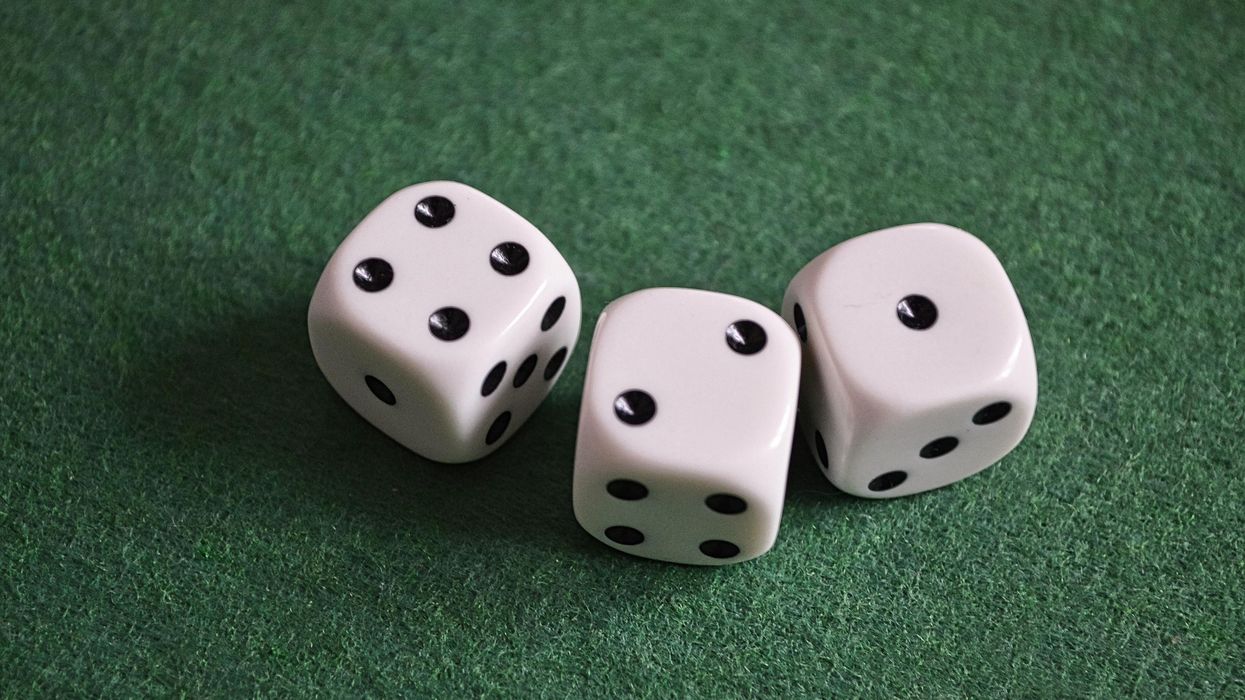
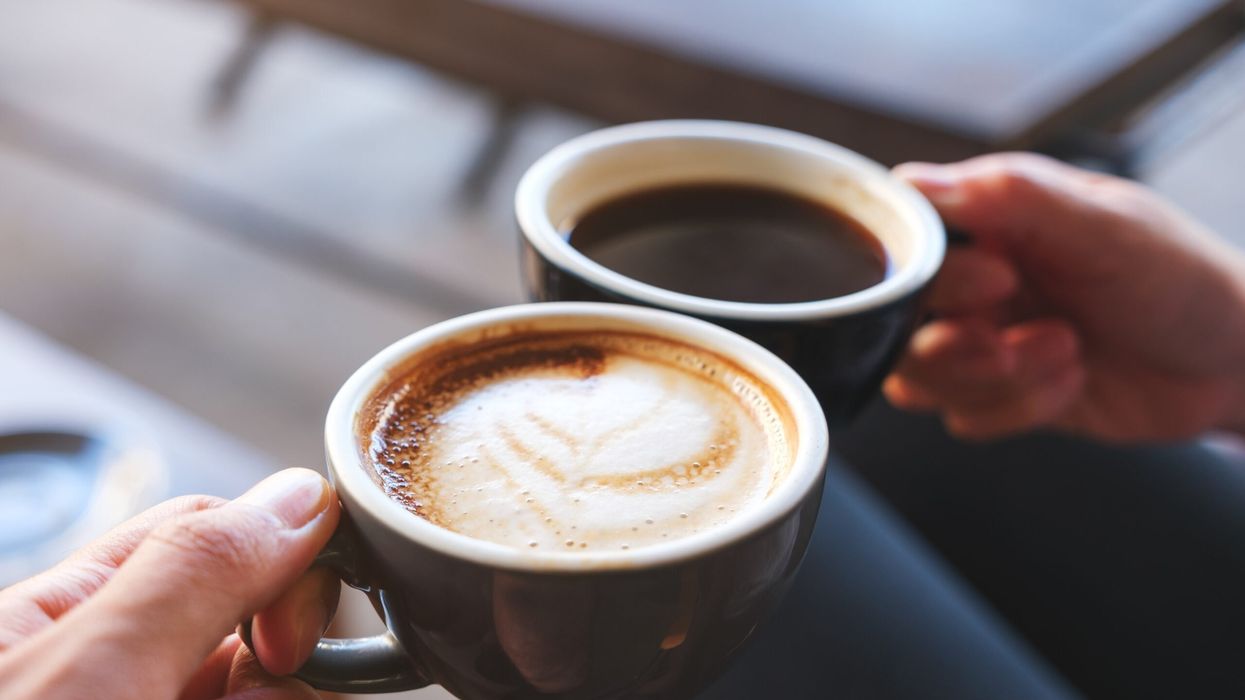
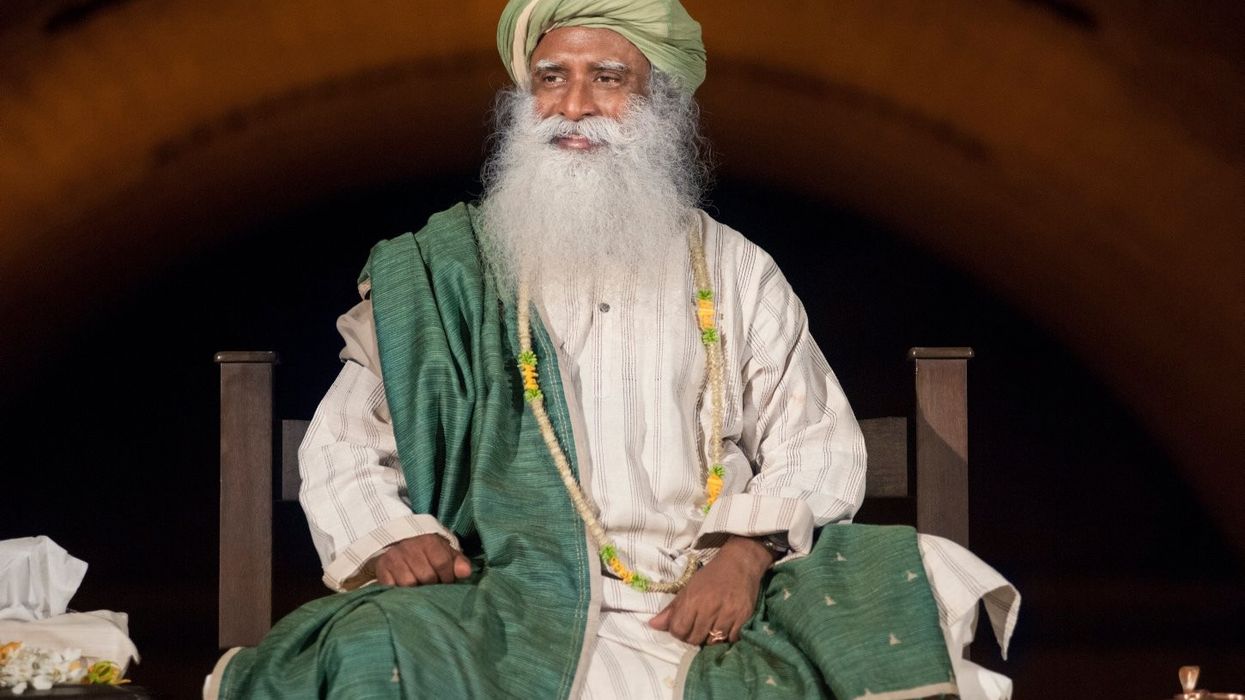

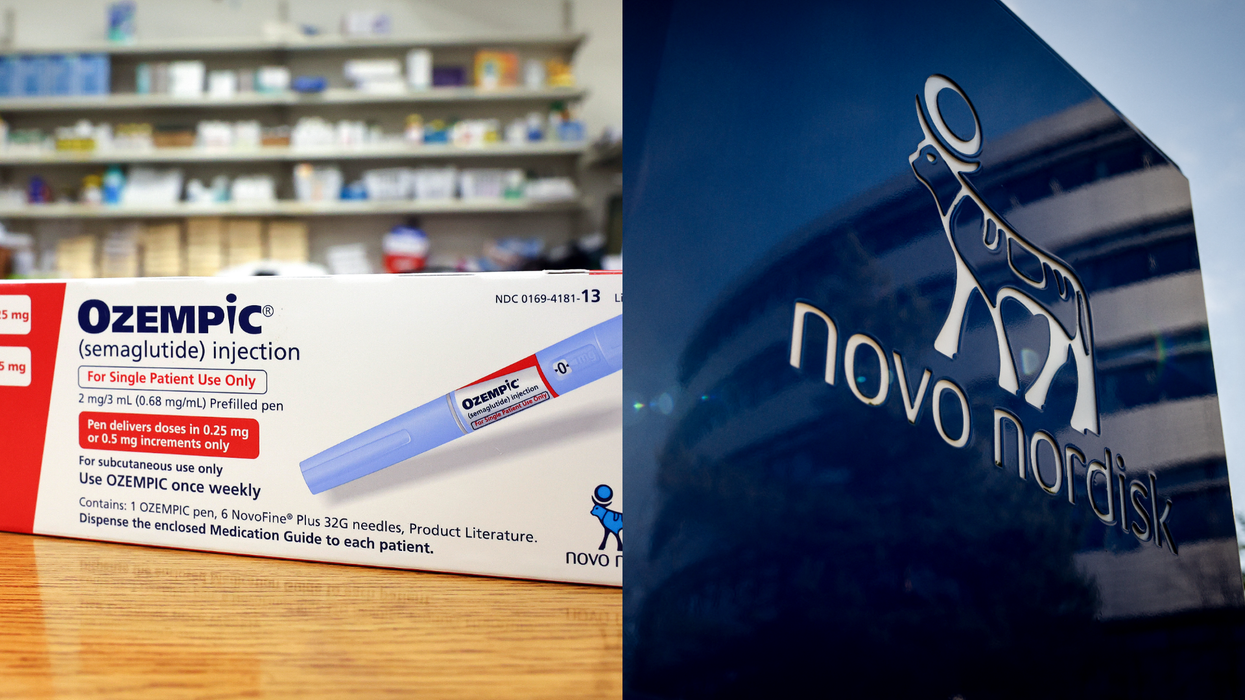
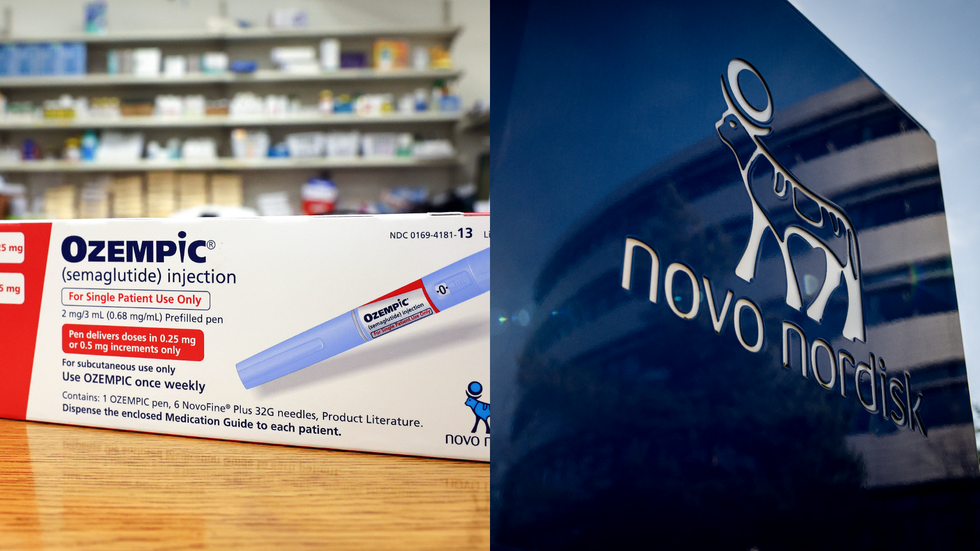 Novo Nordisk launches Ozempic in India as diabetes cases climb Getty Images
Novo Nordisk launches Ozempic in India as diabetes cases climb Getty Images 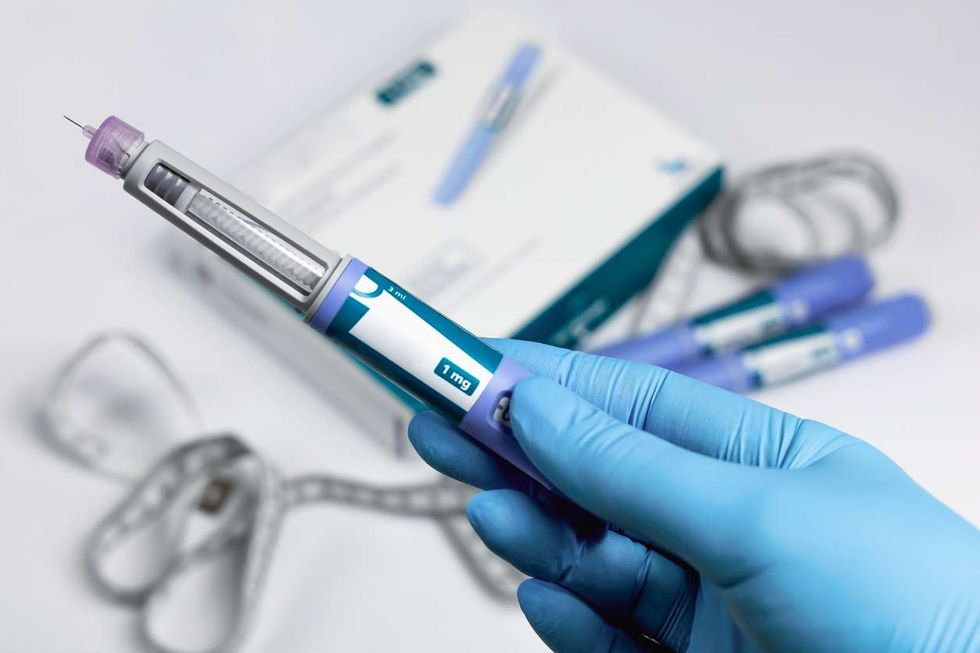 Ozempic weekly pens now available in India for type 2 diabetesiStock
Ozempic weekly pens now available in India for type 2 diabetesiStock  India gets Ozempic as obesity and diabetes numbers riseiStock
India gets Ozempic as obesity and diabetes numbers riseiStock 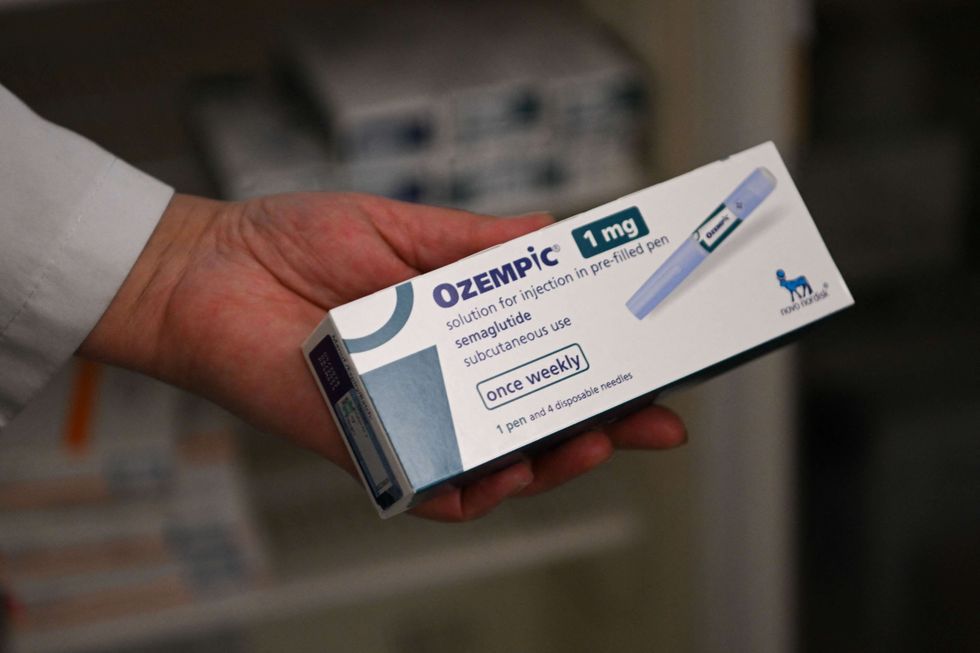 Doctors say Ozempic helps blood sugar and weight management in adultsiStock
Doctors say Ozempic helps blood sugar and weight management in adultsiStock





